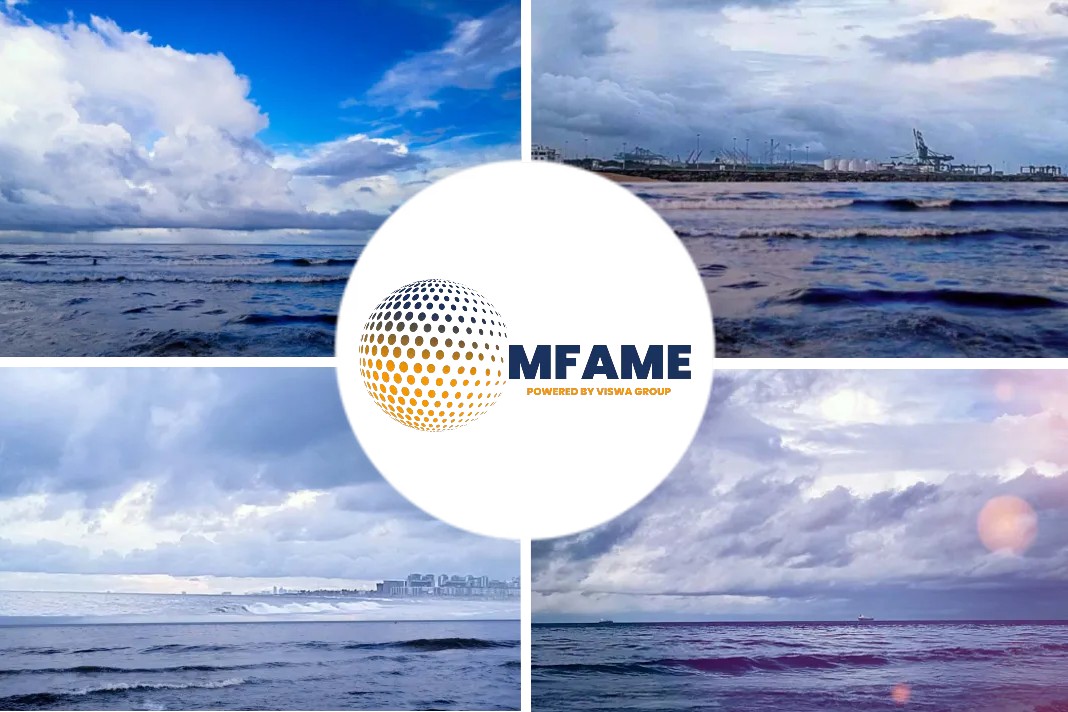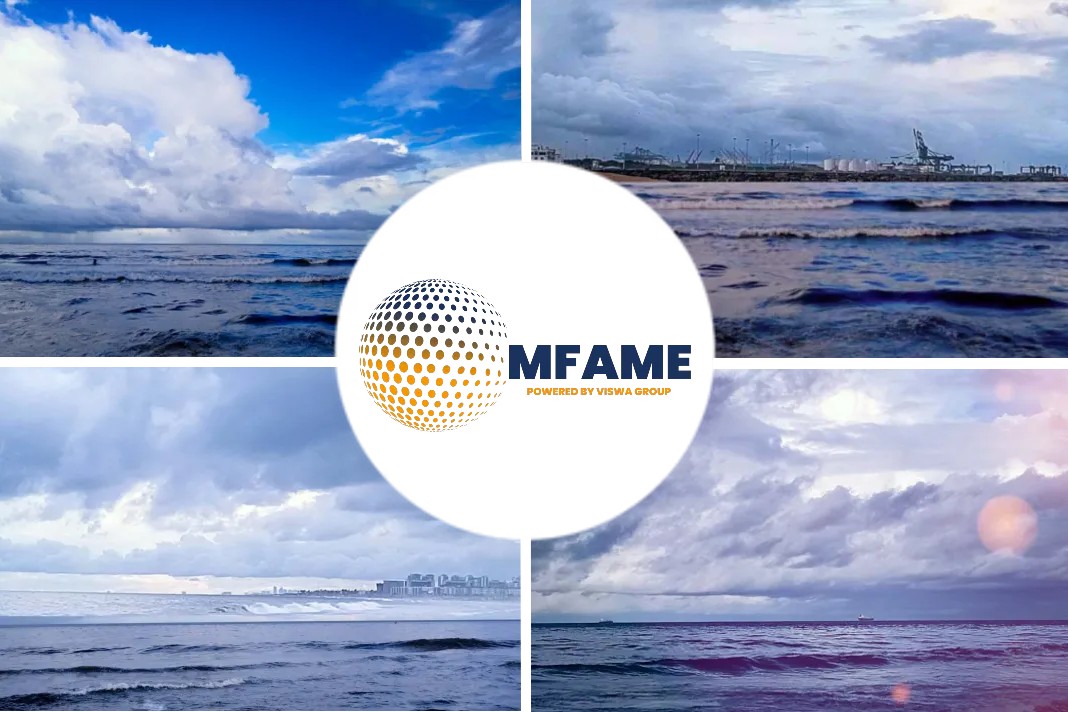- Challenging freight market for crude oil tanker industry with reduced OPEC-driven production and excess supply of large tankers.
- The highest level of older tonnage recycling since 1985 with VLCC rates returning to longer-term averages during Q4.
- Longhaul destinations increasingly dominant, tightening the tanker market in the latter half of 2019.
Euronav, a publicly listed operator of large tankers, reflects on the main events in the large tanker market in the last twelve months, says an article published in Tanker Shipping.
Challenging times
Euronav feels the freight market is challenging and noted that global oil demand growth will remain at relatively strong levels in 2019, with the average daily oil demand surpassing 100M barrels per day for the first time with incremental demand coming predominantly from China and India, but also from the US.
Delays push prices
The delays to several projects in Brazil due to start last year have pushed the incremental barrels into 2019. This geographical imbalance of incremental demand and supply is a positive for the crude tanker markets, as long-haul travels will take capacity out of the market with a tightening effect.
Expected increase in influx
On the supply side, H1 2019 is expected to see a large influx of new buildings in the VLCC segment, while the Suezmax market is expecting a more moderate newbuilding programme. The company believes market factors will help to absorb these new ships, including increased demand for large tankers due to growing US exports, vessels going into countercyclical drydocking to retrofit scrubbers, and more vessels going into storage as the market prepares for the IMO 2020 deadline.
Upbeat scrubber scenario
Regarding IMO 2020, Euronav has made no secret that it is not convinced by the scrubber argument and is using 2003-built, 441,561-dwt ULCC Oceania as storage for low sulphur fuel oil as a physical hedge against the potential chaos of IMO 2020.
Euronav’s chief executive Paddy Rodgers, who has announced he is stepping down from his role, said “For most of the year Euronav faced one of the most difficult and challenging freight markets the tanker industry has experienced in recent times. A combination of reduced cargo supply from self-imposed OPEC production cuts and excess supply of large tankers provided sustained downward pressure on freight rates until the final quarter of the year.”
He further added, “The difficult trading environment had the benefit of driving a rebalancing between vessel supply and demand with fleet maturity which we believe has now returned to longer-term averages.”
“In our view, the recovery in freight rates during Q4 and into 2019 indicates the dynamic between supply and demand is near equilibrium.”
Did you subscribe to our daily newsletter?
It’s Free! Click here to Subscribe!
Source: tankershipping















